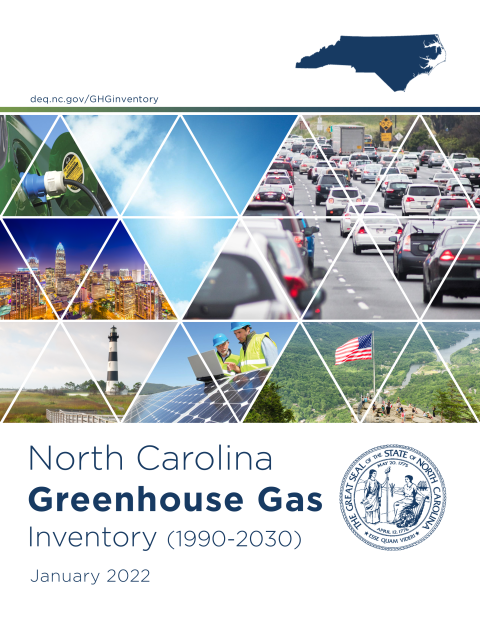The North Carolina Department of Environmental Quality released Monday this year’s update to the state Greenhouse Gas Inventory.
The inventory includes detailed estimates of greenhouse gases in key source categories, such as from 1990 to 2018, and projections of the state’s greenhouse gas emissions through 2030.
Supporter Spotlight
“The updated inventory shows that North Carolina is making progress and our efforts to cut greenhouse emissions are paying off,” said NCDEQ Secretary Elizabeth S. Biser in a statement. “It also highlights the need for continued focus on the transportation sector to meet our climate goals.”
The update focuses on four primary source categories: electricity use; transportation; residential, commercial and industrial fuel combustion; and land use, land use change and forestry, with significant changes in some estimates, officials said. Revisions were made to the transportation sector analysis due to newly available data and the use of an updated Environmental Protection Agency-approved transportation model.
The state provided the following highlights of the update:
- Between 2005 and 2018, North Carolina reduced gross greenhouse gas emissions by 16% and net emissions by 23%, while North Carolina’s population and real gross state product grew by 19% and 24%, respectively.
- By 2030, net emissions are forecast to decrease by 39%, relative to 2005 baseline emissions, with the inclusion of the electricity sector reductions mandated by House Bill 951, Energy Solutions for North Carolina.
- The inventory’s emission projections do not include all reductions expected as a result of policies enacted after 2020.
- The transportation sector accounts for 36% of the state’s gross greenhouse gas emissions and is projected to decrease emissions at a much lower rate compared to the projected decrease in electricity generation emissions by 2030.
- Forests, natural lands and agricultural lands sequestered an estimated 26% of the state’s gross greenhouse gas emissions in 2018.
The inventory is for use by policymakers and environmental planners to understand past, current and expected future greenhouse gas emissions in North Carolina. It can also be used as a baseline to evaluate and develop mitigation options for the state and predict their effect on reducing emissions in future years, officials said.








